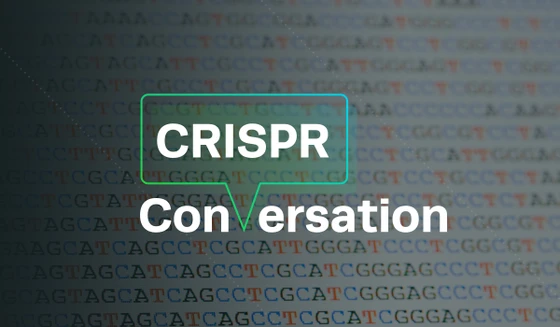Addition of the CRISPR-Cas9 tool in a biologist’s toolbox has revolutionized the field of genome engineering. Modifying precise DNA sequences using a minimal complexity system has been the dream of every biologist. Needless to say, CRISPR has rapidly found its way into several application areas, the most important one being therapeutics. Clinical trials for diseases such as sickle cell anemia and beta thalassemia are already being planned, and researchers are now investigating if CRISPR can be used to treat autoimmune diseases.
Dr. Yuriy Baglaenko, a postdoctoral researcher at Brigham and Women's Hospital (affiliated with Harvard Medical School), is largely interested in understanding the genetic basis of autoimmune diseases. He uses the CRISPR-Cas9 system for gene editing of immune cells and recently published a paper on a method to genetically engineer human B cells. Read on to learn more about this work and his other interesting projects.
As a Ph.D. student at the University of Toronto, Dr. Baglaenko worked on mice models to study the genes that are important for promoting autoimmunity, particularly in systemic lupus disease. Symptoms of this autoimmune disease may manifest as inflammation of different body parts, including joints, kidneys, blood cells, brain, heart, and lungs, and it has no direct cure. Dr. Baglaenko’s studies revealed several genes in B cells that are involved in lupus disease. Towards the end of his Ph.D., while working directly with human blood samples, it struck him that there was no good way to manipulate primary B cells from healthy blood.
B cells are an important part of the immune system. Yet, while CRISPR has been extensively used to genetically manipulate their T cell counterparts, its application in B cells has been limited. The ability to edit primary human B cells could provide valuable new insights into understanding the molecular basis of human diseases and the development of potential therapeutic options.
"We have all these genes that we think contribute to disease, and we think that they are relevant in B cells specifically, but we had no good way of targeting them,"
Dr. Baglaenko.
His recent project stemmed from this realization. In a collaborative effort between three different labs from UCSF and the University of Toronto, he developed a method for using CRISPR to genetically edit primary human B cells. The researchers highlighted this approach in their recent paper published in the Journal of Immunological Methods.
Working with primary B cells is much more challenging than working with T cells. They die within a day after their isolation from blood, said Baglaenko. His team’s approach to getting around that was to find a set of conditions that would keep them happy.
Dr. Baglaenko found that one important condition for achieving good editing efficiency in CRISPR experiments was delivering the guide RNA and Cas9 into cells in the ribonucleoprotein (RNP) format. He used the synthetic tracr RNA and crRNA combination from Synthego to generate these RNPs in vitro before electroporating them into cells.
"Using the RNP format is the only way [to achieve high editing efficiencies]. I've tried doing it with plasmids or DNA in general, and the B cells just rejected it. But the RNP was really, really effective,"
Baglaenko
The researchers used both activated vs non-activated B cells in their paper. His collaborators performed stimulation assays where they proliferated B cells, blasted them, and then CRISPR-edited them. Dr. Baglaenko’s own approach was to edit the B cells in an unstimulated state. One advantage of using unstimulated cells is the possibility of performing functional assays on them after a week. In many cases, stimulation could negatively affect the cell.
Dr. Baglaenko says that his paper was primarily focused on proof of concept. They wanted to publicize the method for other researchers, as the ability to genetically manipulate B cells could greatly accelerate therapeutics research for autoimmune diseases.
In the future, he plans to continue focusing on using the CRISPR technology to understand how genes contribute to autoimmune disease. We wish him the best of luck in his endeavors and will be following his work closely.
Cell Engineering 101
CRISPR has ignited a revolution. Although it’s a relatively recent discovery in the history of biotechnology, CRISPR has quickly become a standard laboratory tool and cell engineering is transforming research. One of the most widely used applications of CRISPR is knocking out specific genes in cell lines to interrogate gene function.








